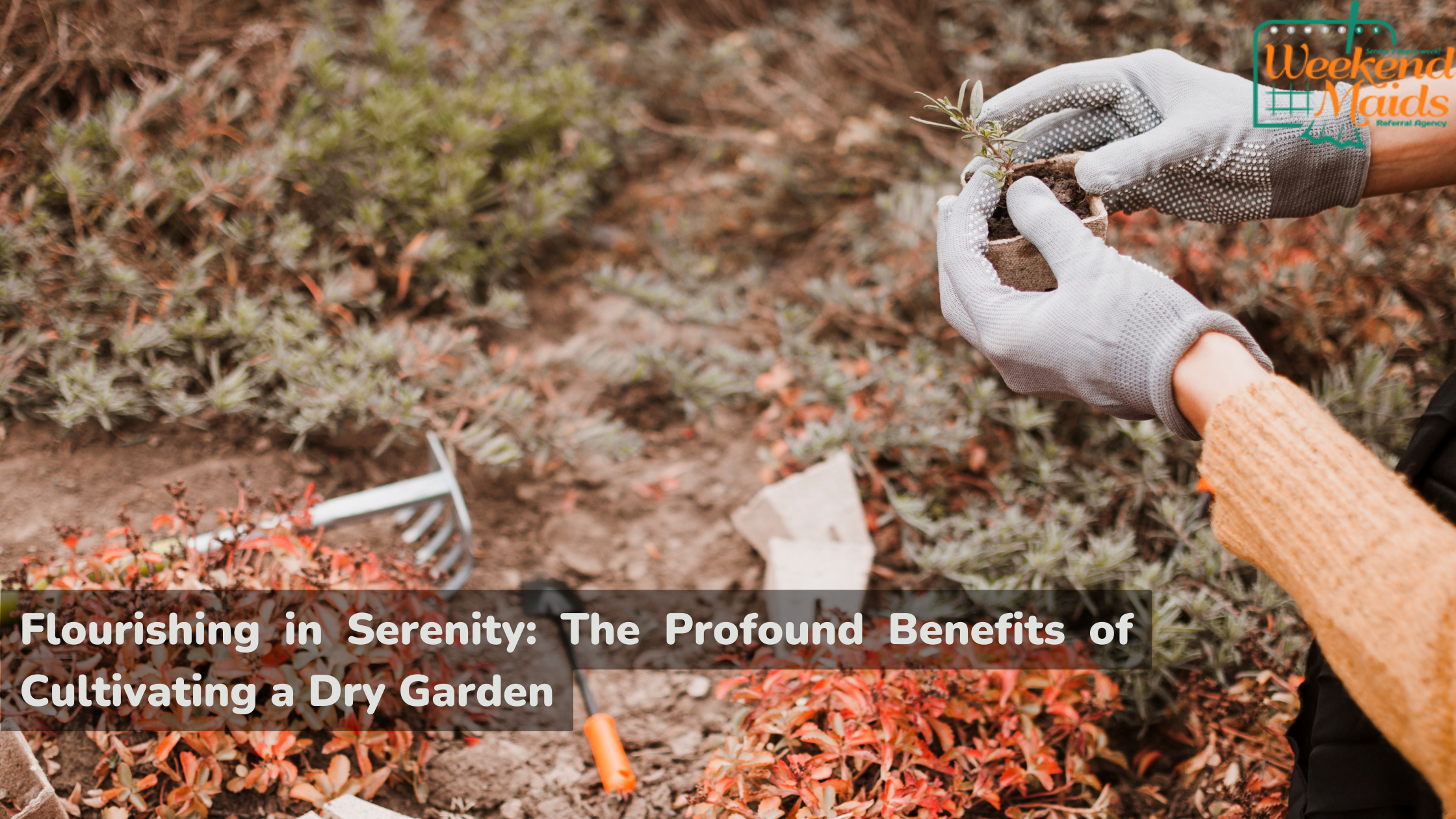
Flourishing in Serenity: The Profound Benefits of Cultivating a Dry Garden
Introduction
In the realm of gardening, a thriving oasis awaits those who choose to embrace the beauty and resilience of a dry garden. Dry gardens, also known as xeriscapes or drought-tolerant gardens, are thoughtfully designed landscapes that prioritize water efficiency and sustainability. By incorporating drought-resistant plants, minimizing water consumption, and promoting a harmony with nature, dry gardens offer a multitude of benefits that extend beyond mere aesthetics. In this blog post, we will explore the profound benefits of cultivating a dry garden, celebrating its potential to create a flourishing sanctuary while embracing responsible environmental practices.
- Water Conservation: One of the most significant benefits of a dry garden lies in its water-saving prowess. By selecting drought-resistant plant varieties and employing water-efficient irrigation methods, dry gardens drastically reduce water consumption compared to traditional gardens. In times of drought or water restrictions, dry gardens remain resilient, maintaining their beauty without compromising precious water resources.
- Environmental Sustainability: Dry gardens are a testament to sustainable landscaping practices. Their reduced water usage lessens the strain on local water sources, contributing to a more eco-friendly and responsible approach to gardening. By opting for native and drought-tolerant plant species, dry gardens also support local biodiversity and foster a balanced ecosystem.
- Low Maintenance and Cost-Effectiveness: The thoughtful design of dry gardens results in lower maintenance requirements and decreased costs over time. Drought-resistant plants are hardy and require less attention, reducing the need for frequent watering and trimming. This not only saves time but also minimizes expenses associated with water bills and gardening supplies.
- Year-Round Beauty: Contrary to popular belief, dry gardens can showcase a stunning array of colors and textures throughout the year. With careful selection and placement of plants, they can bloom and flourish in various seasons, creating an ever-changing tapestry of natural beauty that uplifts the soul.
- Climate Adaptability: Dry gardens prove their adaptability in various climates, from arid regions to regions with seasonal rainfall fluctuations. Their resilience to climate changes makes them a versatile and attractive landscaping choice for homeowners and businesses alike.
- Wildlife Attraction: Xeriscapes are not just aesthetically pleasing to humans; they also act as havens for wildlife. Drought-resistant plants and native species attract birds, butterflies, bees, and other beneficial insects, promoting a thriving ecosystem within the garden.
- Promoting Gardener Creativity: Designing a dry garden empowers gardeners to think creatively and strategically. The process of selecting plants that complement each other and thrive in low-water conditions challenges the gardener’s creativity while nurturing a deep appreciation for the beauty of sustainable landscaping.
Conclusion
The benefits of having a dry garden are multifaceted, encompassing water conservation, environmental sustainability, and a thriving landscape that withstands the test of time. By embracing the principles of xeriscaping and selecting drought-tolerant plants, we create vibrant oases that honor nature’s delicate balance while promoting a more responsible and eco-conscious approach to gardening. Dry gardens not only reduce water consumption and maintenance efforts but also cultivate a deep connection to the environment and its innate beauty. As we revel in the serenity and allure of dry gardens, we celebrate their potential to inspire mindful living and responsible stewardship of our natural resources.
